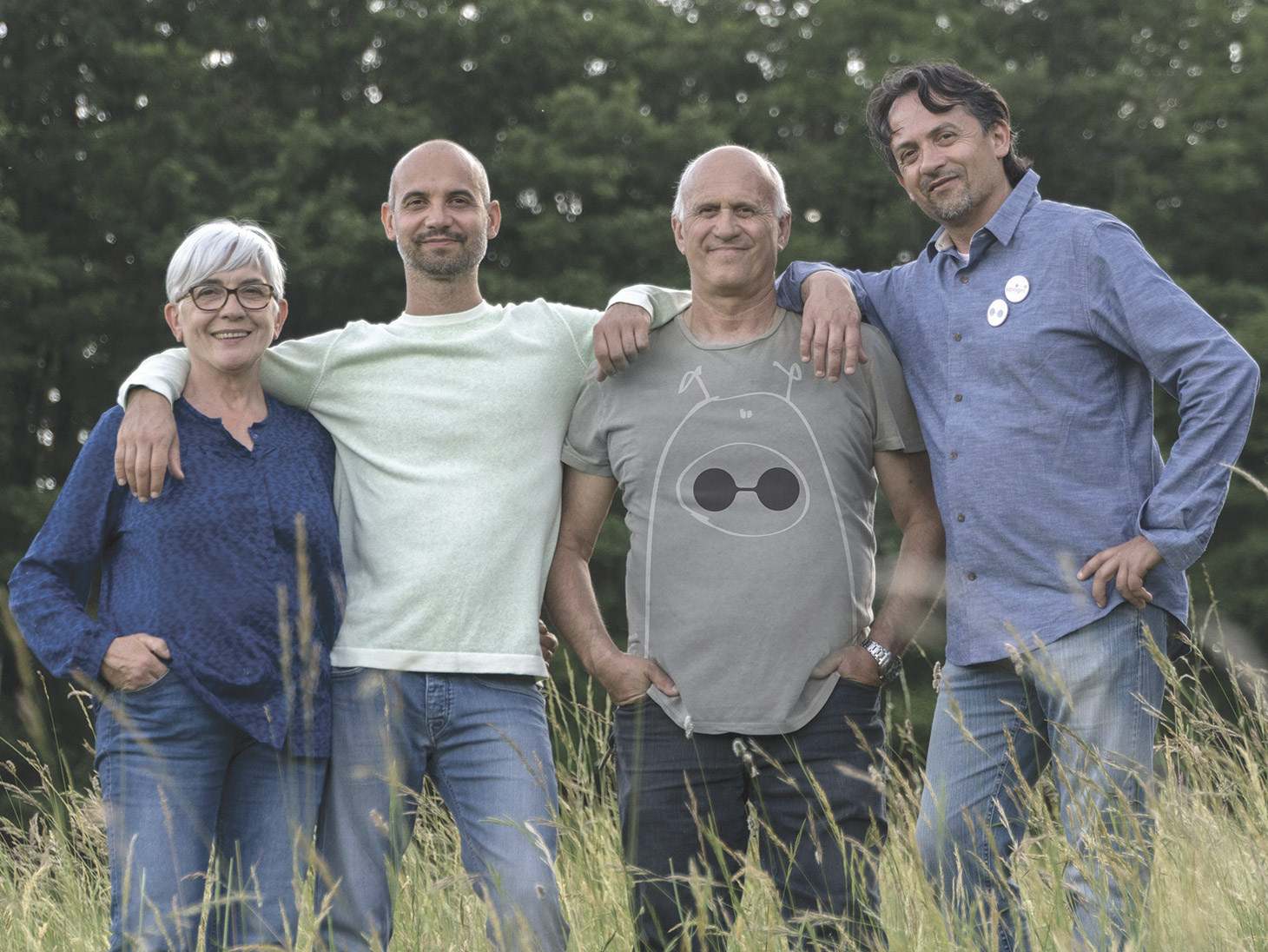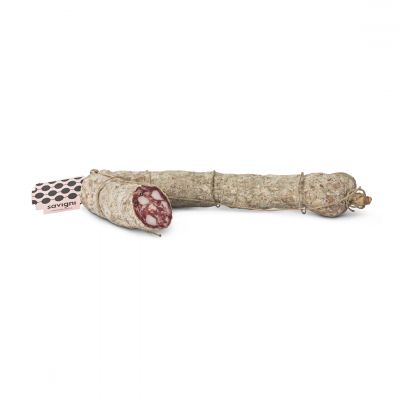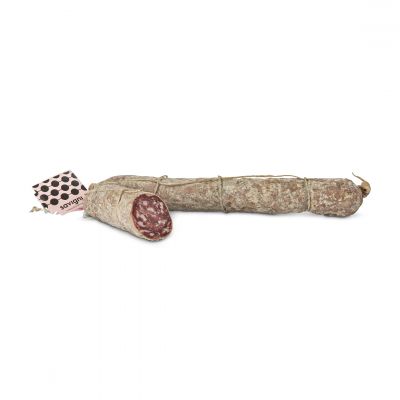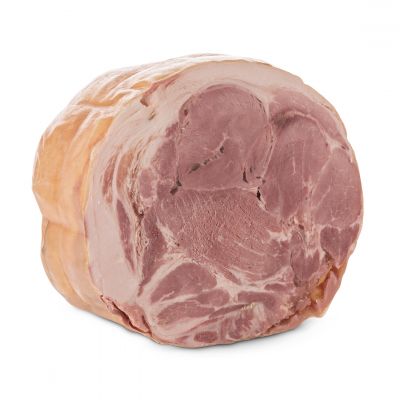
Savigni farm, in the heart of the Tuscan-Emilian Apennines, is an example of a bet that has turned into a successful experience within a few decades. The winning recipe? The commitment of a family that has been able to anticipate the times, focusing on high quality and organic food right from the beginning of its adventure. Starting from a butcher’s shop, the Savigni - dad Fausto, mother Paola and the sons Nicolò and Mileto - have decided to create their own farm on the same territory first, and a charcuterie lab later on, starting a closed and very short supply chain: the best guarantee of quality.
With Nicolò Savigni we have retraced the main stages of this difficult but also extremely stimulating path, which has allowed Savigni to become a true symbol of Italian excellence in the world.
1) You started from a butcher shop in the small village of Pavana, in the Tuscan-Emilian Apennines, to arrive at a closed-chain farm. When and how did the growth happen?
Our parents started the family business in 1985 with a butcher shop on the Porrettana road, in Pavana, between the mountains of the Tuscan-Emilian Apennines, on the border between the two regions. It was the ‘80s and at that time many people were abandoning agriculture to go to work in the industrial factories. When they realised that it was increasingly difficult to get quality animals for the meat, my parents decided to build their own farm, to control the production chain from beginning to the end. The idea became reality with the help of my brother in 1999: we started with cattle and Cinta Senese pig breeding, our main strength.
In 2004 we decided to take another step forward and built a cured meat factory, to take care ourselves of all the aspects of meat processing. I was worried about getting all the necessary approvals and certifications. But in 2008 we became one of the smallest Italian companies authorized to export charcuterie to Japan, a complex step that required further guarantees compared to the EU mark.
2) Why at the beginning it was a bet?
For two reasons: time and place. Many people had advised us not to start an organic farm in Pavana, in the mountains and in an isolated place, outside the traditional tourist routes. It was a smart and inspired choice, instead: we have been ahead of the times, in fact since then many Italian farmers have moved on to organic farming, a guarantee of quality and higher profitability.
3) Where do you raise your pigs and how?
We started to breed animals only in Sambuca Pistoiese, in a farm with 16 hectares of organic land. Today they are no longer sufficient for the needs of the company, because we have expanded, so we use our farm for reproduction and when the animals are born we transfer them to three other farms in the area. This is because - unlike the intensive breeding - our animals live in a semi-wild state and we have to respect the so-called “hectare per head coefficient”, which guarantees the life quality of the animals.
4) How many animals are bred today and how is their growth?
We breed about a thousand pigs, Cinta Senese and Sambucano (a crossing between Cinta Senese and white pigs made by the Savigni) and 250 cattle. When the pigs are about 60 days old we move them to one of the three companies that work exclusively for us: one is located at the Dynamo Camp, in a one thousand hectares WWF-oasis in the Tuscan-Emilian Apennines; the second one is the Perterra Agricultural Cooperative, in Pescia, in Tuscany; the third one is La Rocchetta farm of Castel d’Aiano in Emilia Romagna. When pigs reach 160-180 kilos of weight they are taken to the slaughterhouse, the only stage we do not personally manage.
5) How important is maintaining a rhythm similar to the natural one in Cinta breeding ?
Unlike industrial farms, where pigs have a life cycle of 4-6 months, the Cinta Senese breeding regulation requires at least 12 months. For our animals the cycle lasts about 14 months, that permits the formation of fat, which is essential for the quality and the taste of the meat. Thanks to the slow pace of growth we are able to produce Cinta Senese salami with a healthy fat, composed by 63% unsaturated fatty acids: this quality is particularly appreciated by our customers, especially the Japanese, and differentiates us from most of Cinta Senese’s Tuscan farms.
6) What do your pigs eat?
Nutrition is one of the fundamental elements for the quality of meat: our pigs eat healthy, because they are raised in a semi-wild state, in certified organic soils. We only integrate their food in winter with organic feed, since we are located in a mountain environment.
7) How is meat processing done?
The animals are taken to the slaughterhouse on Monday and Tuesday morning the meat arrive at our laboratory, where it is selected and processed for the production both of fresh products and cured meats. For our charcuterie we do not use aromas, but spices. And for salting we use only Cervia salt, the natural salt nearer to us. All the steps are made in an artisanal way, but using the most modern technologies: so we combine innovation and craftsmanship. In Pavana we are in a border position, so we have combined different traditions. We have distinguished ourselves with an unsalted Tuscan product and for us it is important, because we do not want to use a lot of salt and pepper: we aim to let the consumers appreciate the quality of our meat.
Giulia Basso
Journalist and Director of Selezione di Sapori






